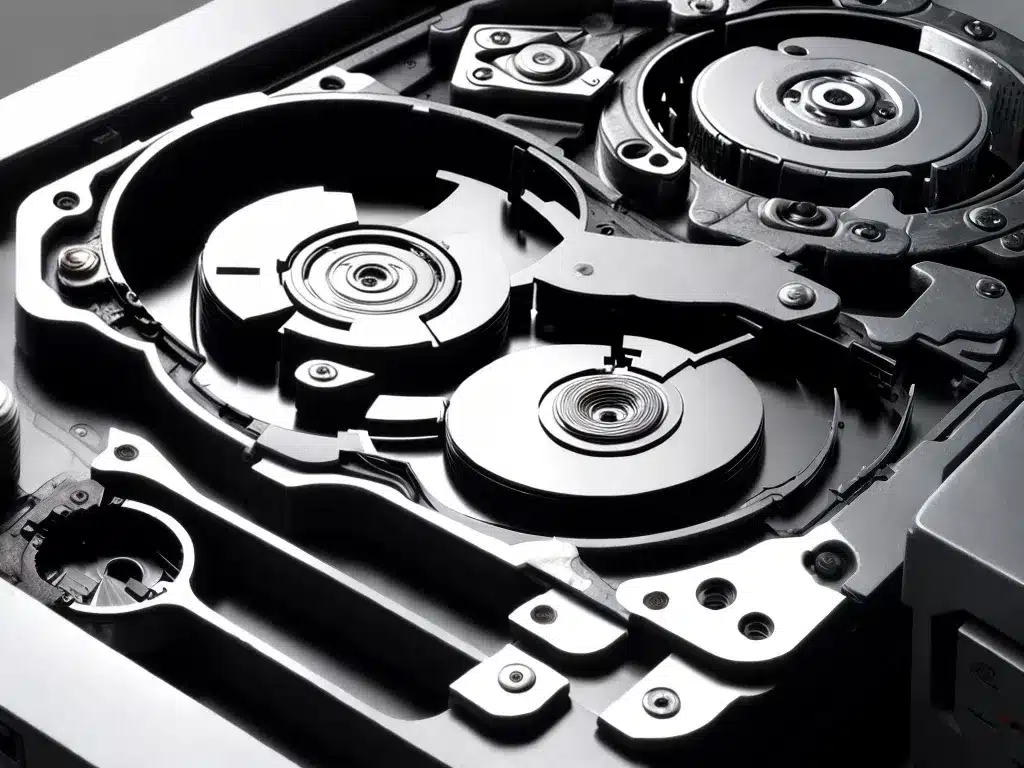
A disk boot failure happens when your computer is unable to load the operating system from the hard drive or SSD. This can be caused by a variety of issues, but the good news is that there are several things you can try to fix it. Here are the most common solutions for resolving a disk boot failure:
Check Cable Connections
One of the first things to check is whether all the cables are properly connected. Follow these steps:
- Shut down your computer and unplug the power cable.
- Open the case and check that the power and data cables are firmly plugged into the hard drive/SSD.
- If it’s a desktop computer, check the connections from the power supply to the motherboard as well.
- While you’re there, check for any signs of damage on the cables. Frayed or otherwise damaged cables can prevent the disk from being accessed properly.
- Secure any loose connections and put the case back on.
Reconnecting any loose cables is an easy fix that often resolves boot issues.
Test the Hard Drive
If the cables are fine, the next step is to find out if the hard drive itself is working properly. I recommend running the hard drive manufacturer’s diagnostic tool to test it. For example, Seagate has SeaTools while Western Digital provides Data Lifeguard Diagnostics.
These tools will run comprehensive tests on the drive and tell you if it’s functioning normally or not. If it is defective, you may need to replace it before your computer will boot again.
Try Booting from a USB Drive
See if you can bypass the hard drive entirely by booting from external media.
-
First, create a bootable USB drive with the Windows installation media. Just download the right version from Microsoft and use their media creation tool to set up the drive.
-
With the bootable USB plugged in, access the BIOS setup on your computer, usually by pressing a function key like F2 as soon as you turn it on.
-
Within the BIOS, go to the boot options menu and set the USB drive as the first boot device.
-
Save changes and exit. The computer should now boot from the USB instead of the hard drive.
If this works, it indicates the hard drive is likely faulty or corrupted and needs to be repaired, replaced, or reinstalled with a fresh OS image.
Run Startup Repair
If you can boot to the USB drive, you can use the Windows recovery tools to automatically fix issues with the hard drive.
-
On the Install Windows screen, click Repair your computer.
-
This will load the Recovery Options screen. Click Troubleshoot.
-
Select Advanced options.
-
Choose Startup Repair and let it run. This will diagnose and repair common boot issues.
Startup Repair may fix boot files that were damaged and restore access to your OS.
Reinstall or Replace the Hard Drive
If all else fails, you may need to do a fresh OS installation or replace the hard drive entirely.
-
First, back up any data you need from the faulty drive. Boot to the USB and copy files over to external media.
-
Once your data is backed up, you can either reinstall the OS from scratch or replace the drive if it’s still not working right.
-
Reinstalling the OS will wipe the drive clean and start fresh. Only choose this if you don’t mind deleting everything.
-
For hard drive replacement, buy a compatible new drive, install it, and then install your OS.
With the boot files rebuilt, your system should work again.
Summary
- Check cable connections thoroughly.
- Run the manufacturer’s diagnostic tool to test the drive.
- Try booting from a USB drive instead.
- Use Startup Repair to fix boot files.
- Reinstall the OS or replace the hard drive if needed.
Following this step-by-step troubleshooting guide should help you isolate and resolve the disk boot failure. With the right steps, you can get your system booting again. Just take it slow and be methodical in your testing.












